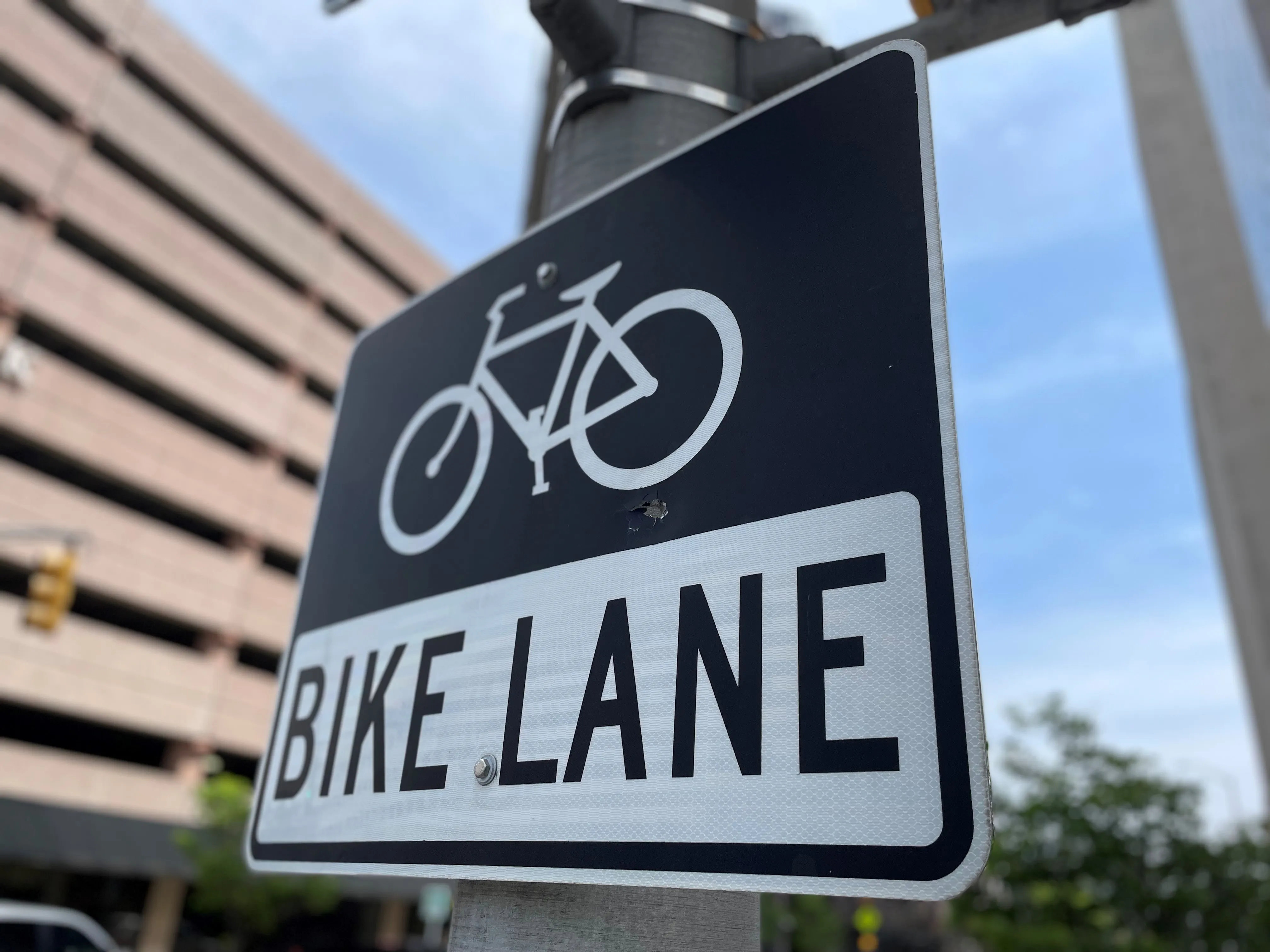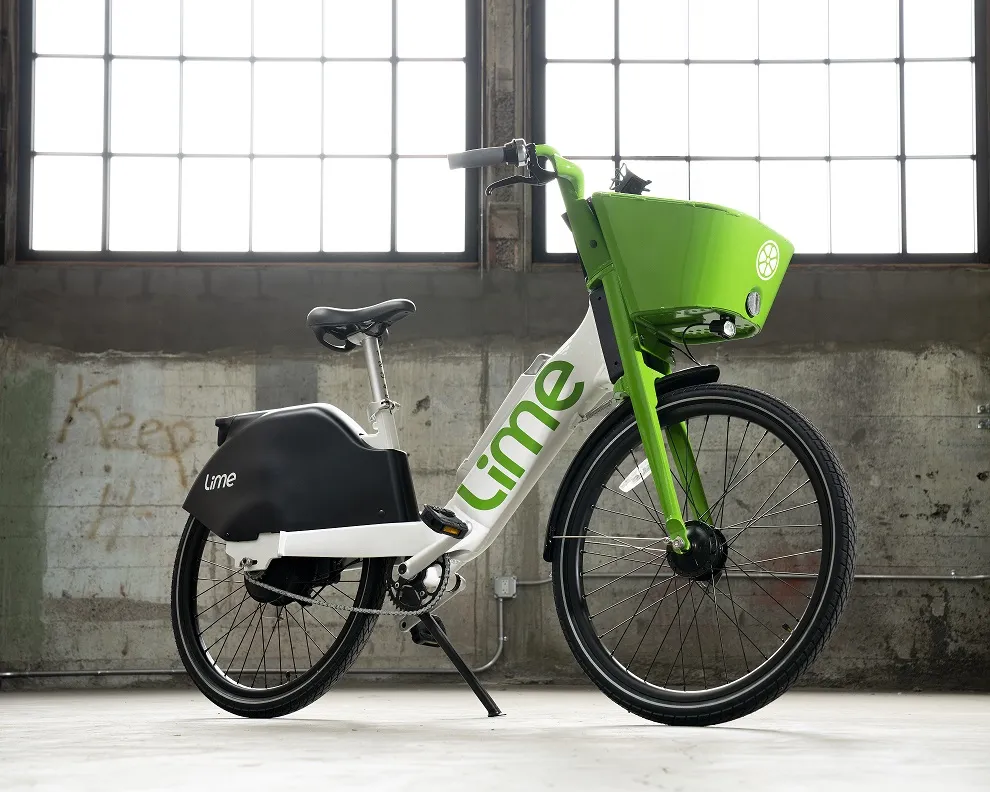
Connecticut will incorporate major road design criteria focussing on safety for pedestrians and cyclists after one of the state’s highest annual death tolls.
The north-east US state saw more than 360 fatalities on its highways last year, including over 70 pedestrian deaths.
For pedestrians, Connecticut Department of Transportation’s Complete Streets design features sidewalks, shared use paths or side paths on both sides of the road. To aid cyclists there will be paved outside road shoulders, bike lanes, separated bike paths and shared use paths on both sides of the roadway.
Highway design will, going forward, emphasise the use of public transportation such as more crosswalks, bus or tram shelters, benches and other ways to make existing or proposed transit stops more accessible to people of all capabilities.
“While this change may sound technical, it is a big deal for improving the safety of our transportation network,” said CTDoT commissioner Garrett Eucalitto. “We are doing everything we can break down barriers to transportation and make Connecticut roadways more accessible for everyone.”
“This change will solidify and ensure that pedestrian, bicyclist and motorist safety is incorporated into the billions of dollars-worth of projects we have planned in our Capital Programme,” said Scott Hill, the department’s chief engineer.
The 12-page document, Complete Streets Controlling Design Criteria and Justification Process, is available online.









